What is Stock Photography?
A stock photograph is one that has been taken without a specific brief. Commissioned photos are requested in advance and the photographer will shoot to specification. When a photographer shoots first and sells later, the photos are called ‘stock’.
Traditionally, stock photographs have sold at prices above US$400, via catalog or CD media, and through a handful of large organizations. It is comparatively very difficult for photographers to get into the traditional stock photo business.
Stock photos must be model released and cannot contain recognizable brands or trademarks. Stock photographs can be sold rights managed or royalty free. When sold rights managed, the use of the photo is controlled by time, quantity, duration and geographical region. Royalty free photos do not have the same restrictions.
What is Royalty Free?
Royalty free images can be used within a set of guidelines created by the vendor. However, unlike rights managed photos, there is no need for the buyer to report where the images are used, nor are there any time or geographical restrictions. Royalty free photos cannot be exclusive.
Microstock photos are always royalty free.
What is Microstock Photography?
Microstock is selling stock photos for a low price (just a dollar – a few dollars), the business plan that if the images are cheaper then more people will buy, this is in contrast to the traditional stock image market which was a very expensive place to go shopping.
Micro payment stock photography has opened up a whole new buyers market of non/semi professional ‘designers’ who are building websites, blogs, local newsletters and charity publications etc, who can now afford to purchase low cost images to illustrate their work. Full priced stock images were and still are, out of their price range.
There is still a market for full priced stock, for those who want the exclusivity of knowing that an image is only licensed to them or has a higher price attached and hence is used less frequently. One of the only downsides of microstock is that the images can become ‘common’ with typical stories of companies having posters printed for a trade convention only to arrive and find that three other companies have used exactly the same image on their posters and advertising materials… and it’s too late to change!
Some would say that microstock has undervalued professional photographers, but they all said that 10-15 years ago when ‘royalty free’ images took off and ‘ruined’ photographers who were licensing their own portfolios and inflated prices.
There is an argument that microstock sites (photobanks / agencies if you like) source these ‘cheap images’ from an army of ‘citizen photographers’, unprofessional/non photographers who do not know the value of their work. While this in part might be true in that some sites are cashing in on photographers who currently have no other means of selling their images, the whole industry has opened the door to a new career in microstock photography for many people. It has allowed countless professionals and amateurs to earn money from images that they would otherwise earn nothing but enjoyment from. The high standard of the pictures available on microstock sites speaks for itself.
What microstock has given:
- Enables amateurs to sell their work. Before microstock entry into the stock industry was difficult.
- A great way for amateur photographers to learn more about stock photography and improve their skills
- A route for professional portrait, event or commercial photographers to enter the market part-time.
- Opening of a new market to buyers who could not previously afford full priced stock photos.
What it’s taken away:
- The cache of being a stock photographer, it seems everyone these days is holding a DSLR.
- Reduction in income of those photographers whose work turns out to be only as good as microstock.
- The perception that ALL stock photography has a high value, premium work now must be very impressive to stand up to competition from microstock.
Microstock has not killed or ravaged the stock photography industry, it is simply the manifestation of what happens when internet technology enables a different business structure to collide with one establish over many years. Comparisons can be drawn between bloggers and paid news journalists, indeed magazine and newspaper sales are dropping, but journalists and newspapers still have an important role to play in forming a trusted source. Stock photos houses can still create a brand and provide premium RF and RM images but they now face strong competition from microstock – their products need to justify their prices. Did ebay put an end to the Garage Sale?
A company spending a few hundred dollars (in total) on an advertising campaign is likely to source images from microstock, they would not be able to budget an image from a premium source. A company spending several thousand on an advertising campaign could choose a microstock image, but buyers and designers are not so naive as to always take the cheapest option, microstock images lack exclusivity and often the ‘stand-alone’ quality needed in a high end application. Such premium business will inevitably end up on the doorstep of an experienced professional or traditional ‘macrostock’ stock agency.
If you’re a designer looking for the highest quality royalty free stock photography images at low prices, you’ll find a list of the top micro stock photography sites on the web! Browse and choose the one that suits your image needs! It’s that simple! Micro stock photography is the future!
If you’re a photographer wanting to earn extra income in your spare time and give you financial freedom to upgrade your equipment, pay some extra bills or take a vacation then join any or all the micro stock photography sites below and start making money right away! It’s that simple!
Here are some MicroStock sites where you can see, buy my work, or if you are a photographer you can make your own money:











